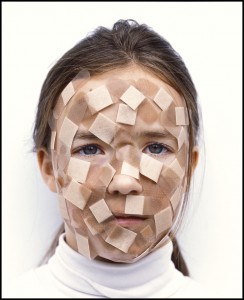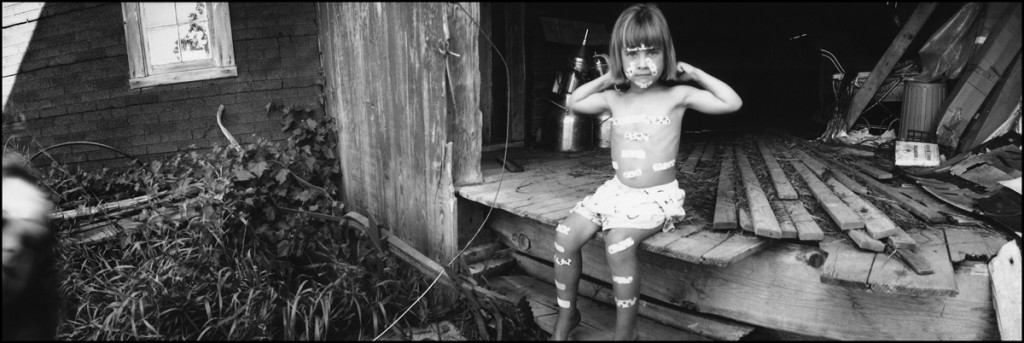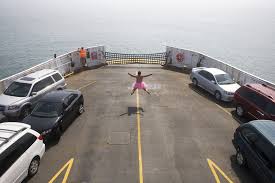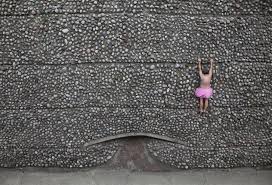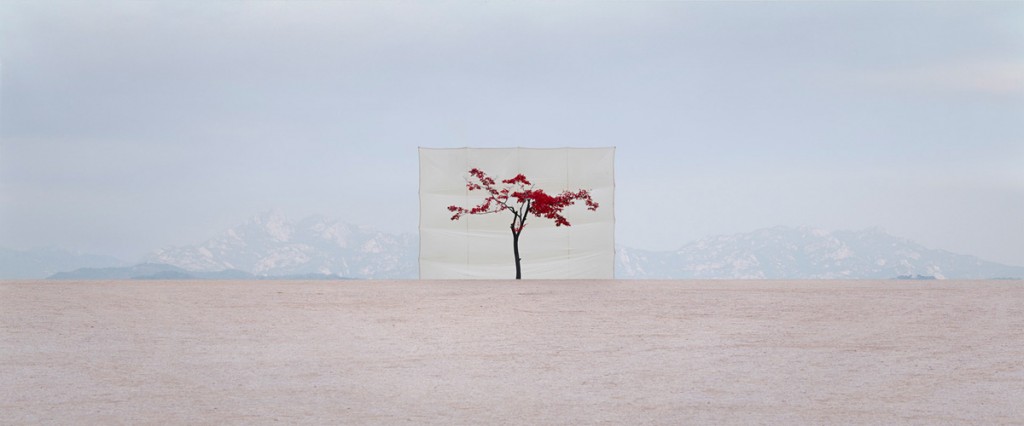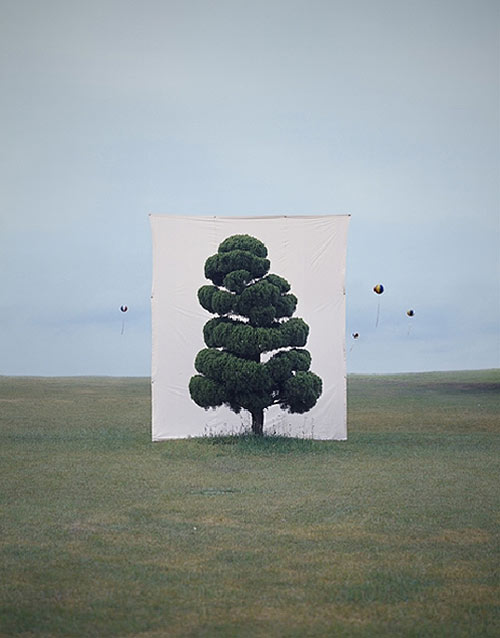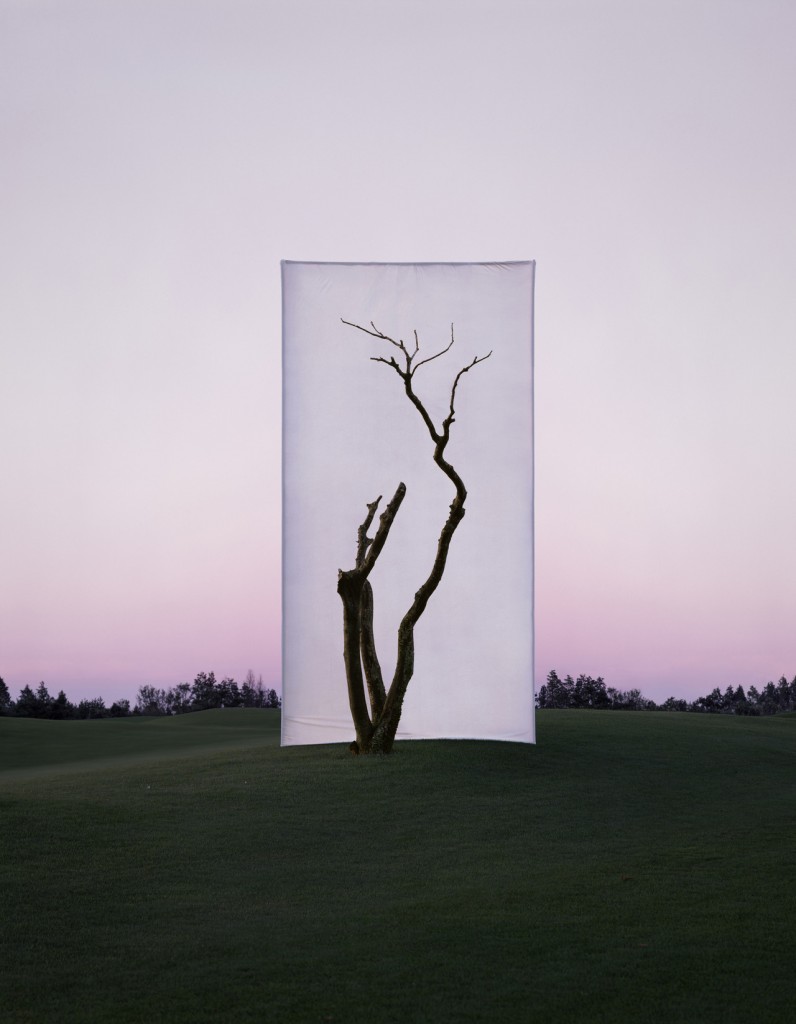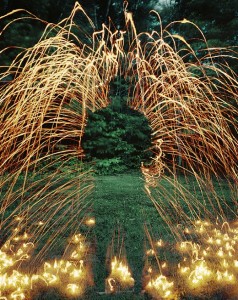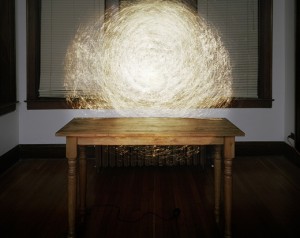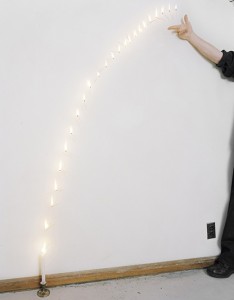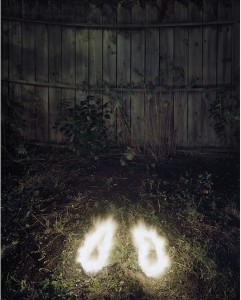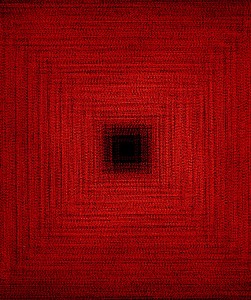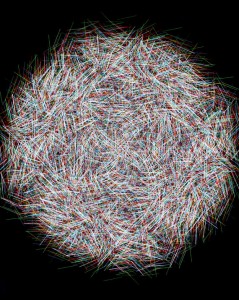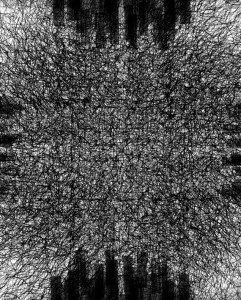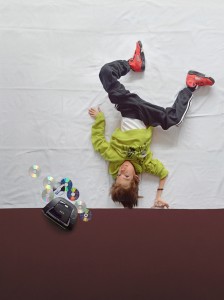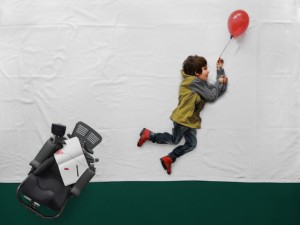In my last post, I quoted a sentence that was in reference to Seamus Heaney's poems: "He takes the familiar and makes it strange." This sentence describes perfectly what I am trying to do in my current work. Because this is no easy thing, I have been thinking a lot about what it is, exactly, that can make the familiar into something strange or unsettling. In researching this, I came upon this blog entry by Pat Thompson, Professor of Education at the University of Nottingham in the United Kingdom. She writes about how de-familiarization is about "seeing things differently, and understanding them differently." The ability to convey to viewers/readers/listeners this different understanding of something familiar is key.
Musicians are challenged by this concept any time they do a cover version of a well-known song. Sometimes they produce a more-or-less faithful rendering of the original, but other times, the cover version causes the listener to hear something in the song that had been previously unknown. I can think of two examples that illustrate this perfectly.
The first is Whitney Houston's "How Will I Know". Her original was a perfect piece of pop confection that speaks to the angst of young women just starting on their journey of negotiating relationships. Her a cappella version, although not a cover version by someone else, reveals the concerns of a grown woman who has already lived a life and experienced failures in love.
The second example is Chris Cornell's cover of Michael Jackson's "Billie Jean". There is a gritty, desperate aspect to Cornell's version that was absent for me in the original. I had become complacent about the song until I heard Cornell's version, which caused me to relisten to Jackson's original and rethink what i thought I knew about it. I found far more angst and anger there than I had heard initially.
In both cases, the experience as listener was revelatory, exciting and..... strange. You are familiar with the subject, but because it is being presented to you in a way that is different from the norm, you feel like you don't know it at all. It is this sensation that I am aiming for in the photographs I am creating right now.

